Breaking the Mold: shattering limitations with digital learning
Students’ needs and interests no longer fit the mold of factory-style education. In 2020, today’s kids should have—and can have—more options than that of any previous generation.
The future of education is here, and it’s rooted in pioneering online and blended schools and courses in all kinds of settings:
Traditional public
Online charter
Blended programs
Hybrid (2 or more categories)
It’s why Future of School designed a creative postsecondary scholarship program for students graduating from schools where they’ve leveraged digital classes, going on to any type of academic or vocational setting.
We previously published the report Why Do Students Choose Blended and Online Schools?; now we’re using our own powerful data set of scholarship winners, which continually proves that technology can benefits and inspire, engage and open opportunities for kids.
Their reasons for embracing digital learning were as individual and diverse as the cohorts themselves; below is the distribution of reasons given for seeking a new school or courses across a variety of school types:
Flexibility:
Students’ top reason, cited by 33% of FoS scholars
Embracing a busy extracurricular life: students’ hobbies or professional pursuits rarely conform to a 7am to 3pm schedule, which can hold them back from realizing their dreams sooner.
Thomas Suarez, 2018 scholarship winner, startup founder and patent holder
Shouldering additional responsibilities: those with additional roles at home like parent, caregiver, financial contributor or breadwinner encounter personal challenges making a typical school day insurmountable.
Shaylee Felicetty-Kacena, 2018 scholarship winner and emancipated minor
Scheduling challenges: Practices, training, and business hours often overlap with class time; with flexible learning, students plan their days in the ways that work best for them.
Kylie Gardner, 2019 scholarship winner and competitive cyclist
Customization:
Learning beyond grade level—and earning college credits—constituted students’ second reason, at nearly 14% of respondents.
Taking above grade level courses: exploring AP and dual enrollment classes enable students to experience the rigor of college without the expense.
Henry Hu, 2017 scholarship winner and career explorer
Growing as an advanced learner: those who are ready to take their education to the next level can customize their learning to suit their individual goals.
Sierra Jarmon, 2016 scholarship winner and expertise builder
Engaging in personalized learning: learner-centered programs that incorporate passion projects and outside collaborations bring greater relevance and meaning to academic instruction.
Jemar Lee, 2018 scholarship winner and emerging leader
Access:
Nearly 11% of students said the variety of course options led them to blended or online learning.
“My high school did not offer a class that I was interested in, but the option to take it online was very beneficial to me—laying the groundwork for the career path I’ll choose in the future.”
Seeking more individualized attention: teachers, counselors and tutors who are available and demonstrate care one-on-one make a strong impact on students’ wellbeing and performance.
Eliana Chow, 2017 scholarship winner and community builder
Opening doors to more course options: bridging gaps to desired specializations propel students toward their desired career paths.
Noble Mushtak, 2019 scholarship winner and STEM scholar
Surpassing limitations of rural areas: a family’s zip code or associated teacher shortages no longer dictate the subjects that kids can learn.
April Vincent, 2017 scholarship winner and aspiring humanities professional
Wellness:
Mental and physical health challenges were the primary reason for fewer students, (3% each), but alternatives often meant the difference between dropping out and earning a diploma
Managing physical health issues: illness and injury can create untenable situations where accommodations can be difficult to meet in a traditional school environment.
Elisabeth Steen, 2019 scholarship winner and limitless learner despite FAS
Addressing mental health challenges: internal issues like social anxiety or external challenges such as intense peer pressure and bullying can make navigating coursework and personal wellness difficult.
Brady Peterson, 2018 scholarship winner and anxiety challenger
Future of School student scholarship winners represent 43 states and territories (2016–2019)
Consider how these scholars amassed the kind of unparalleled learning and unique experiences that could change their lives, as well as the world at large.
How could digital learning enable your students to impact the future?
Student Perspectives on Blended and Online Learning provides an in-depth look at the rise and demand of digital education from the perspective of students themselves. The research pool is derived from a diverse group of students from across the country who have taken blended and online classes during high school.





